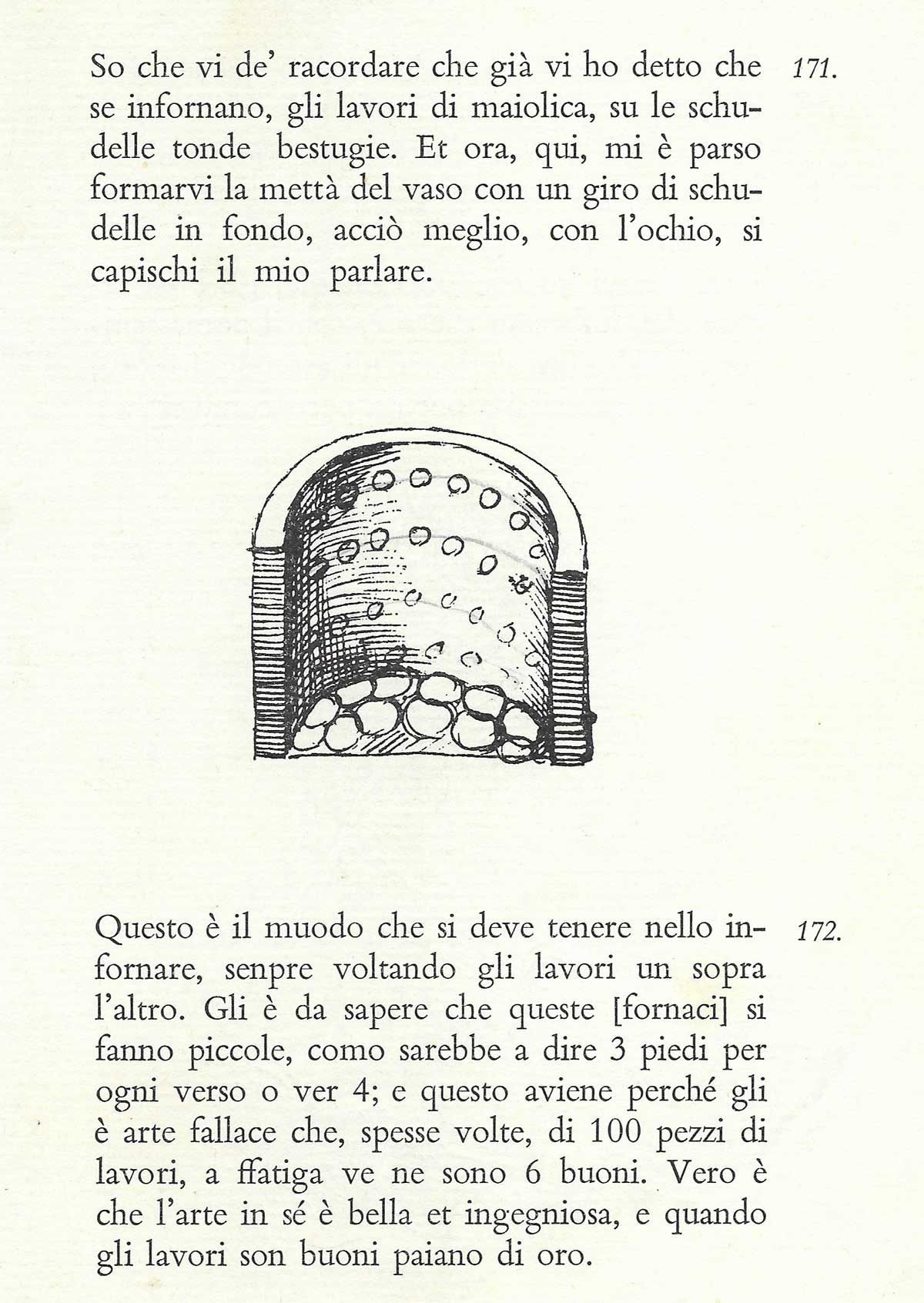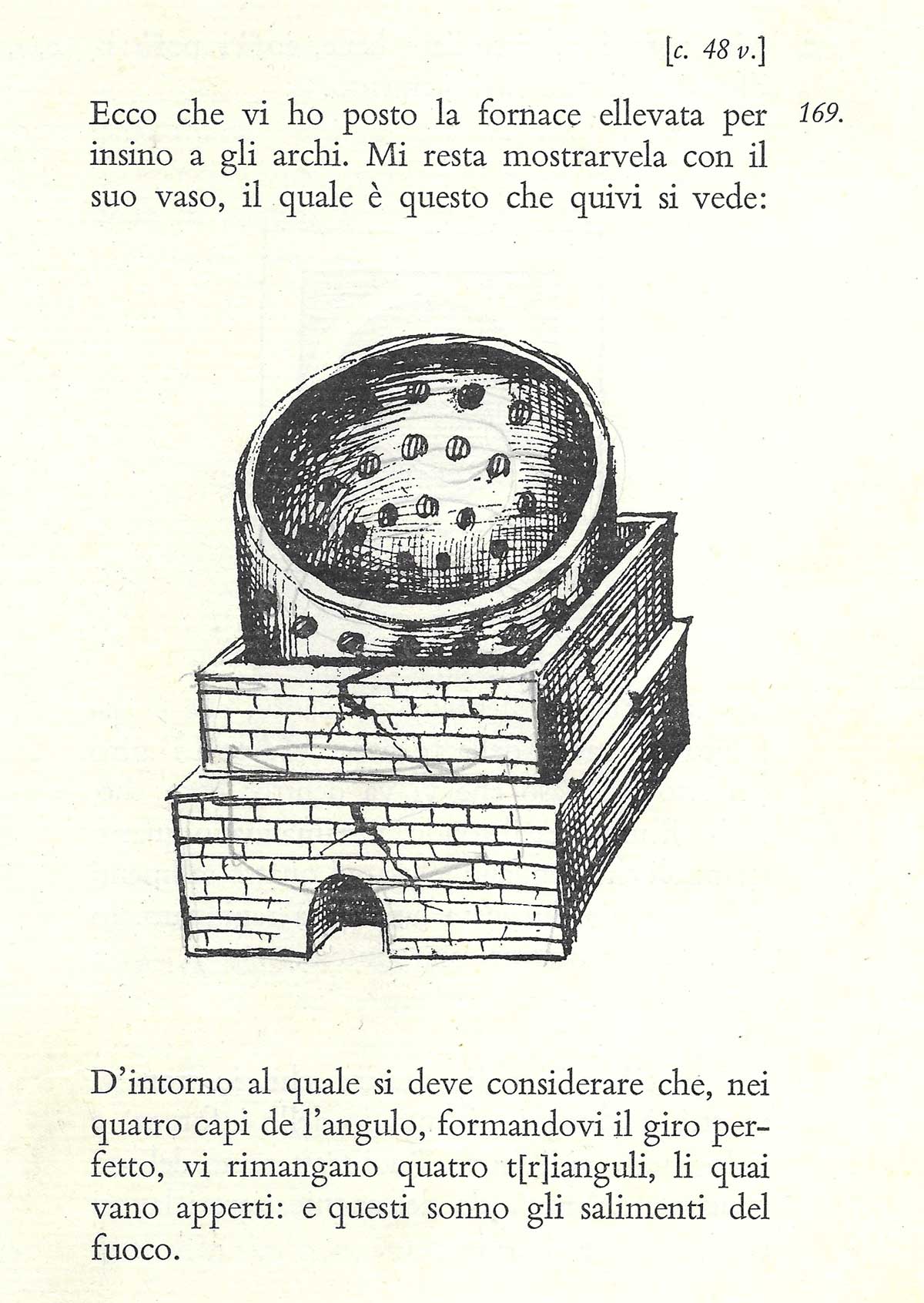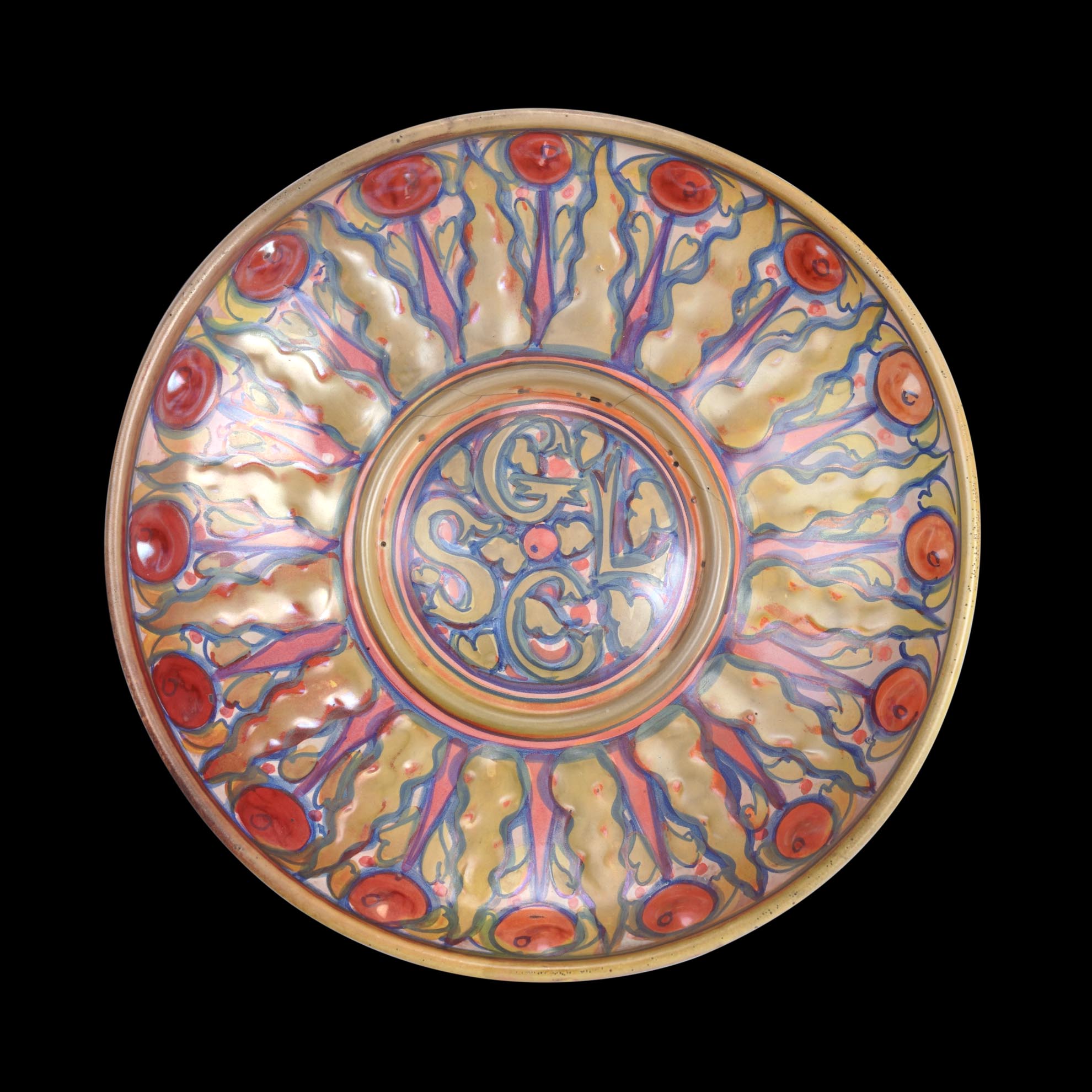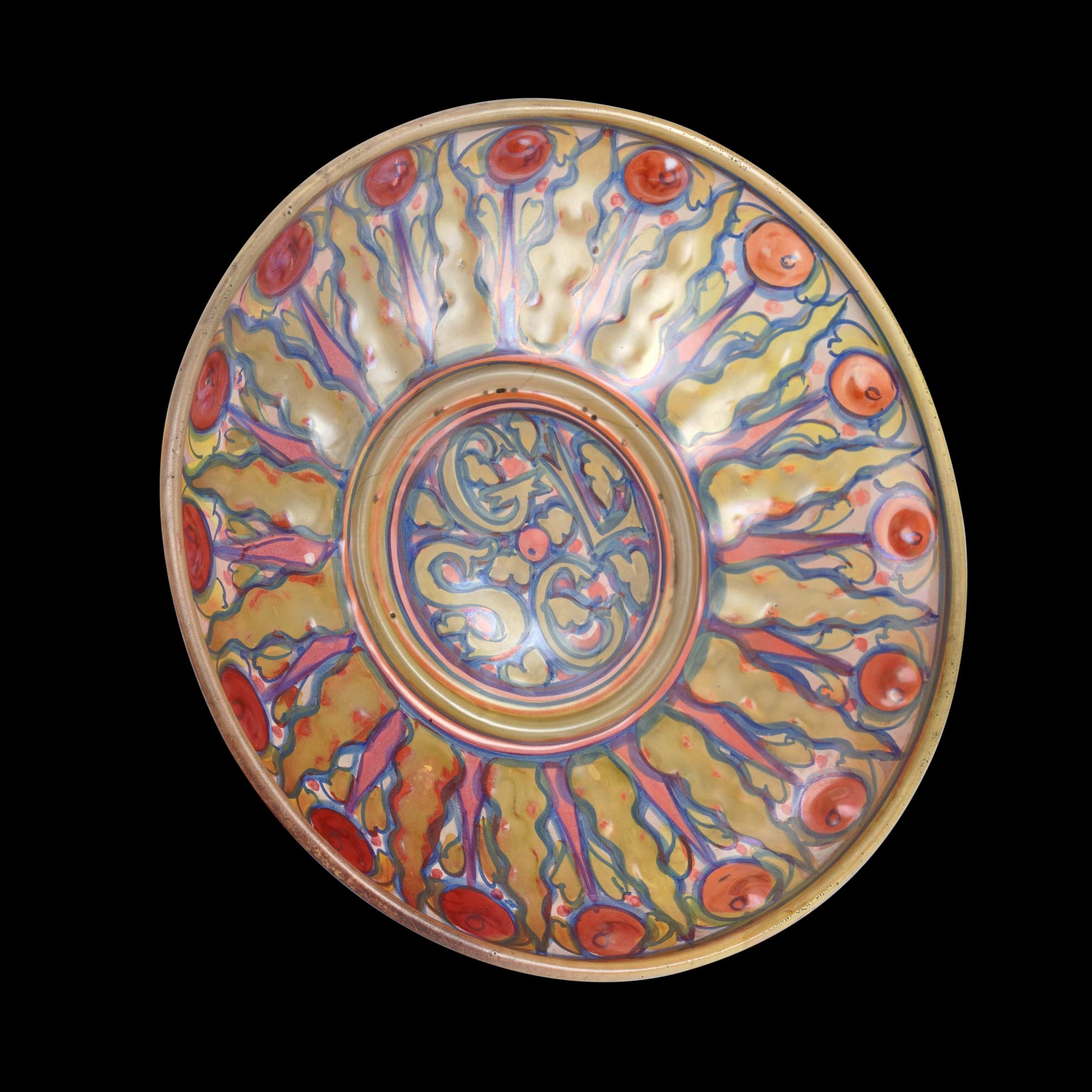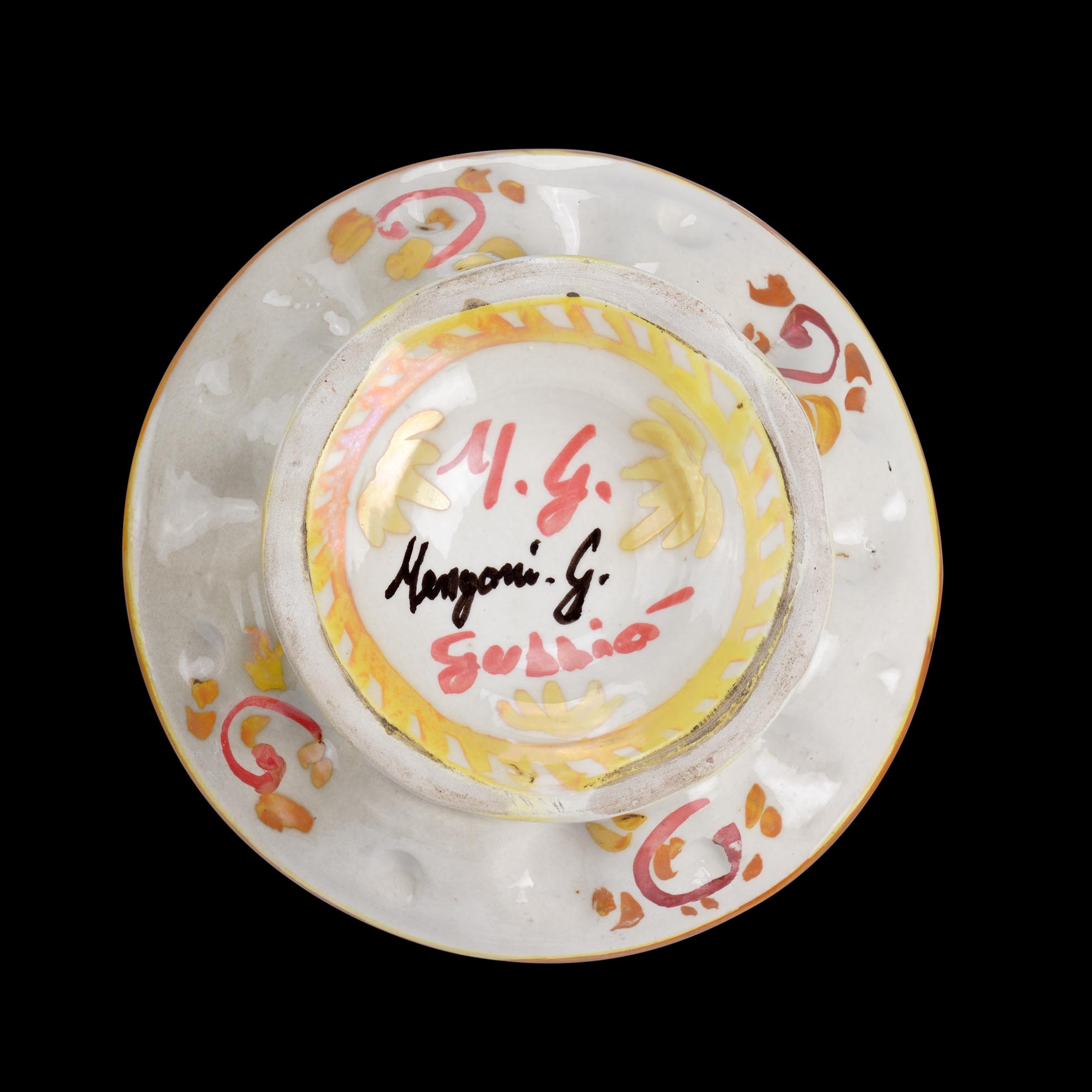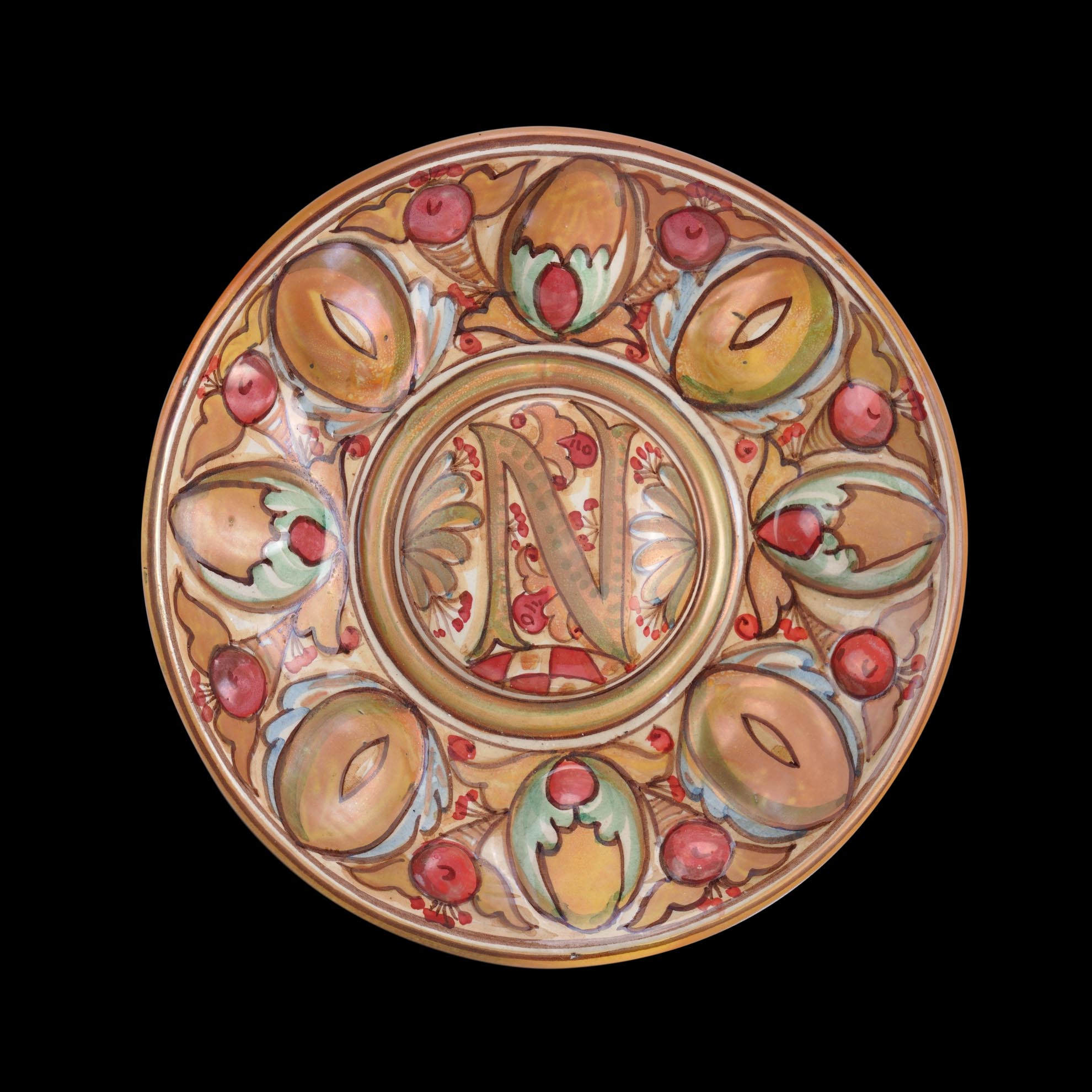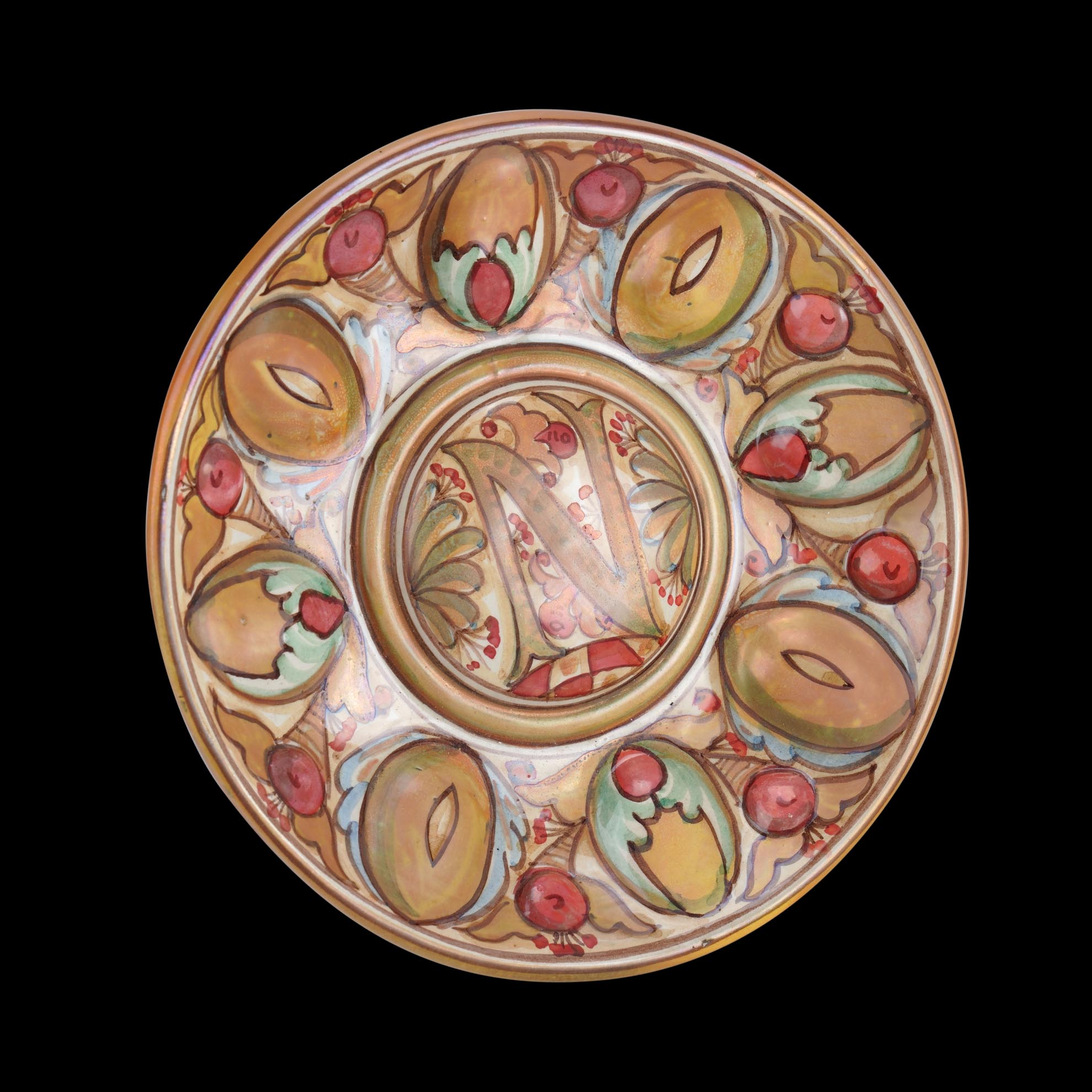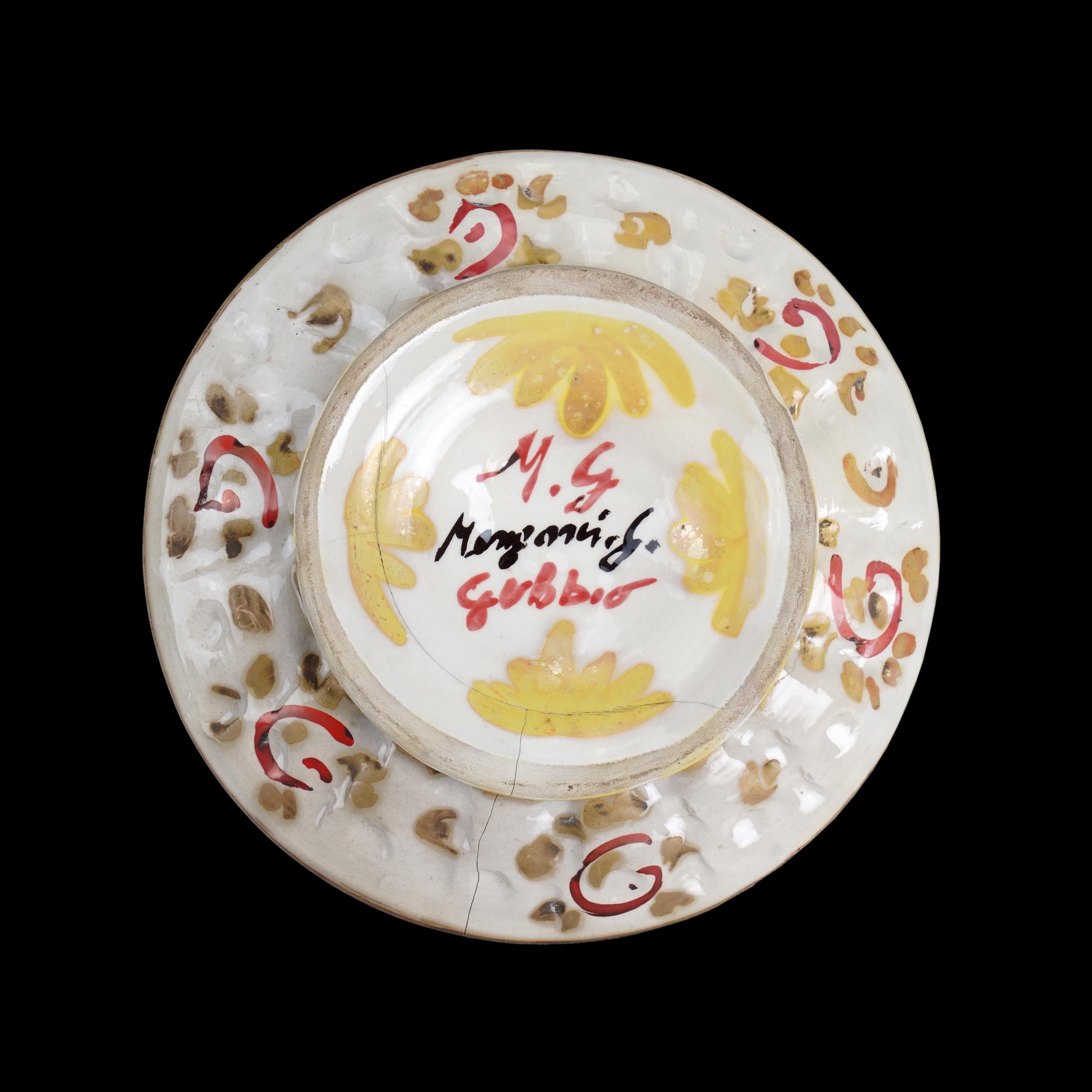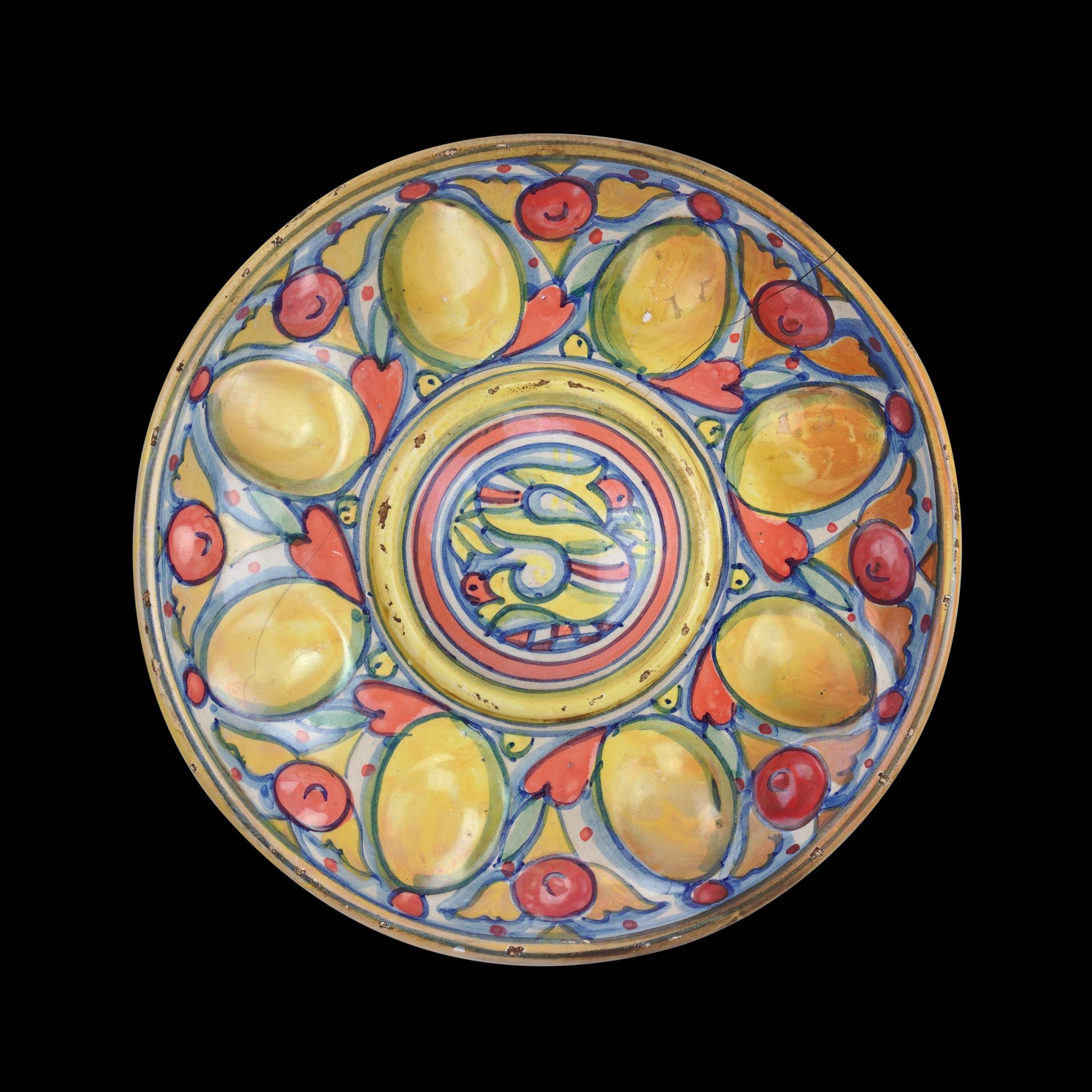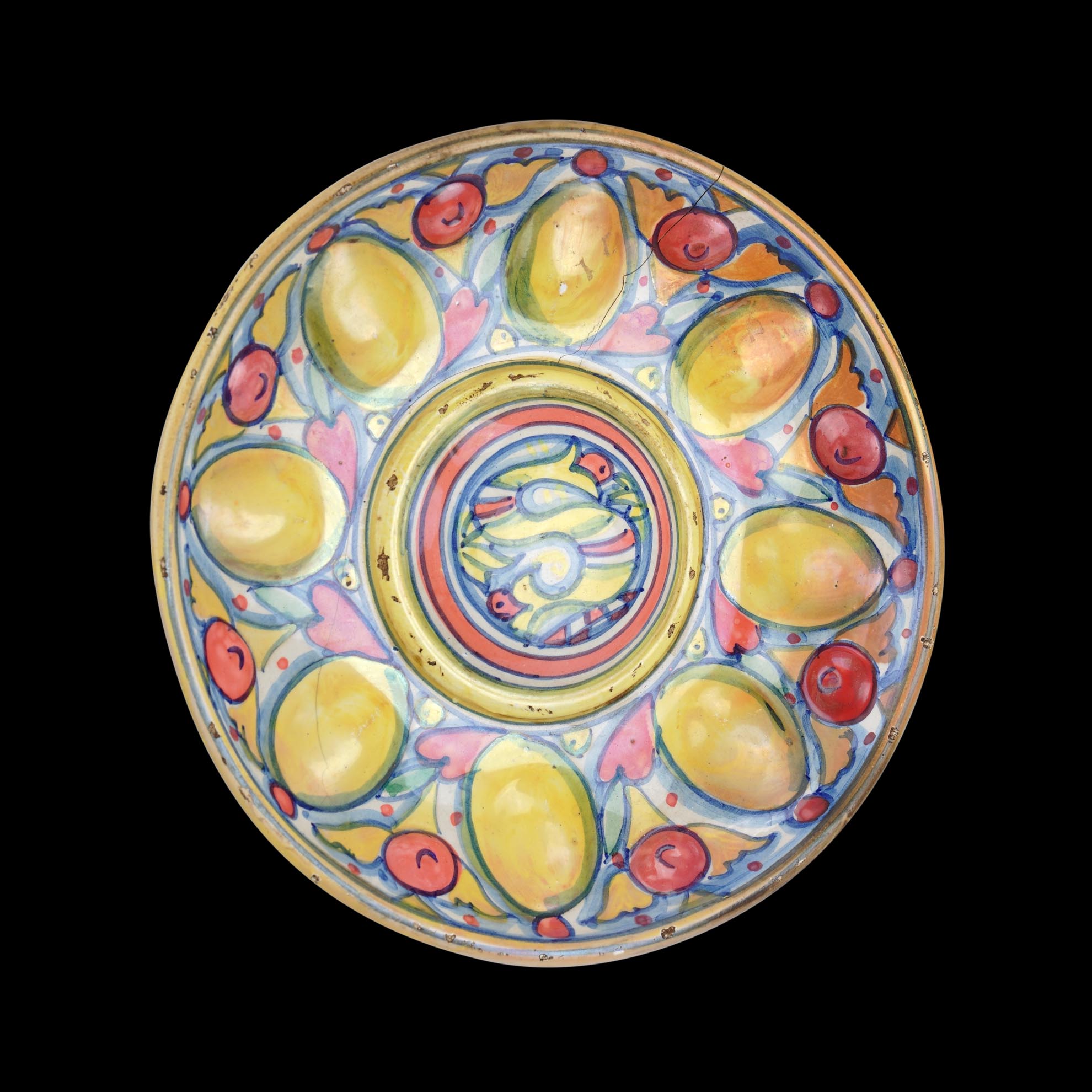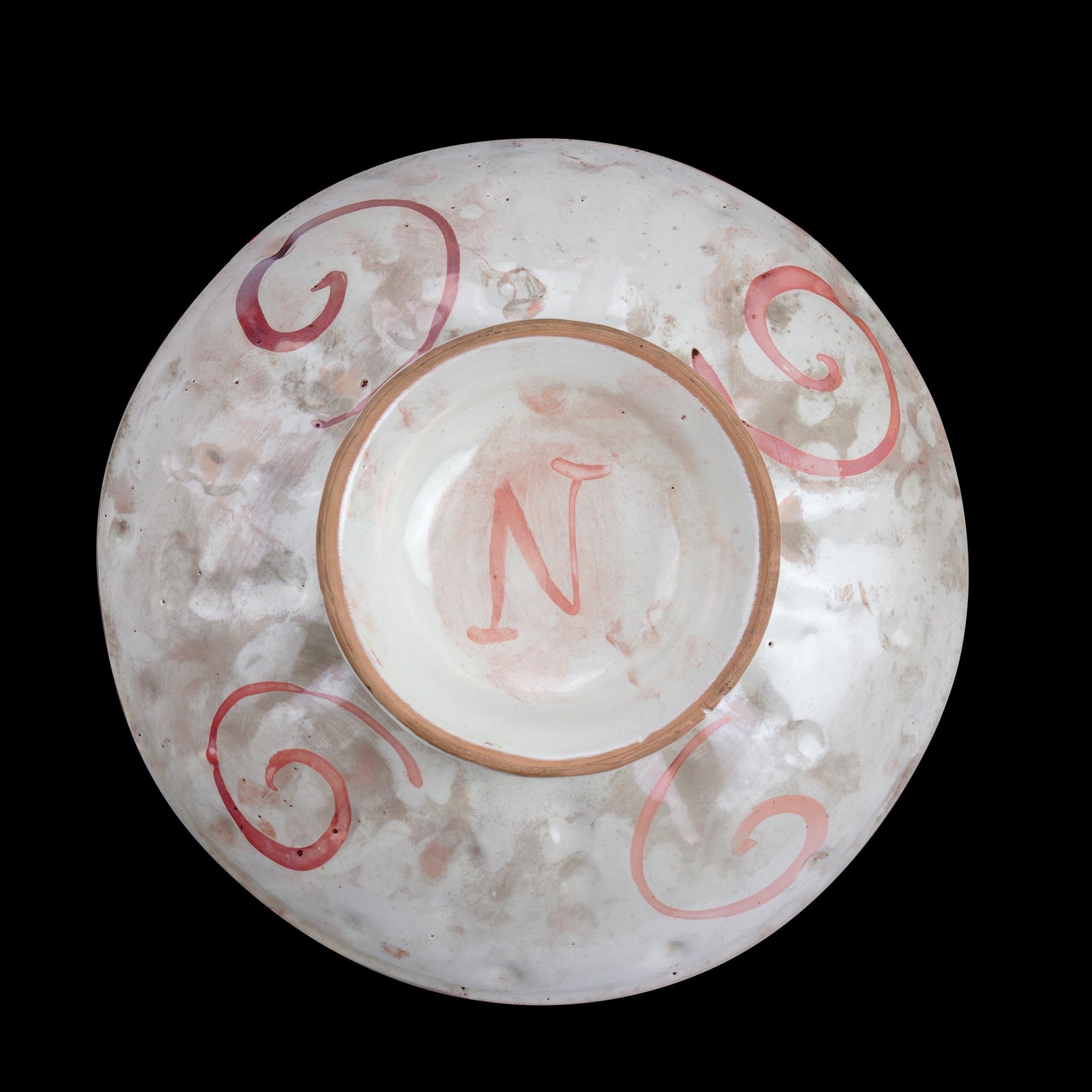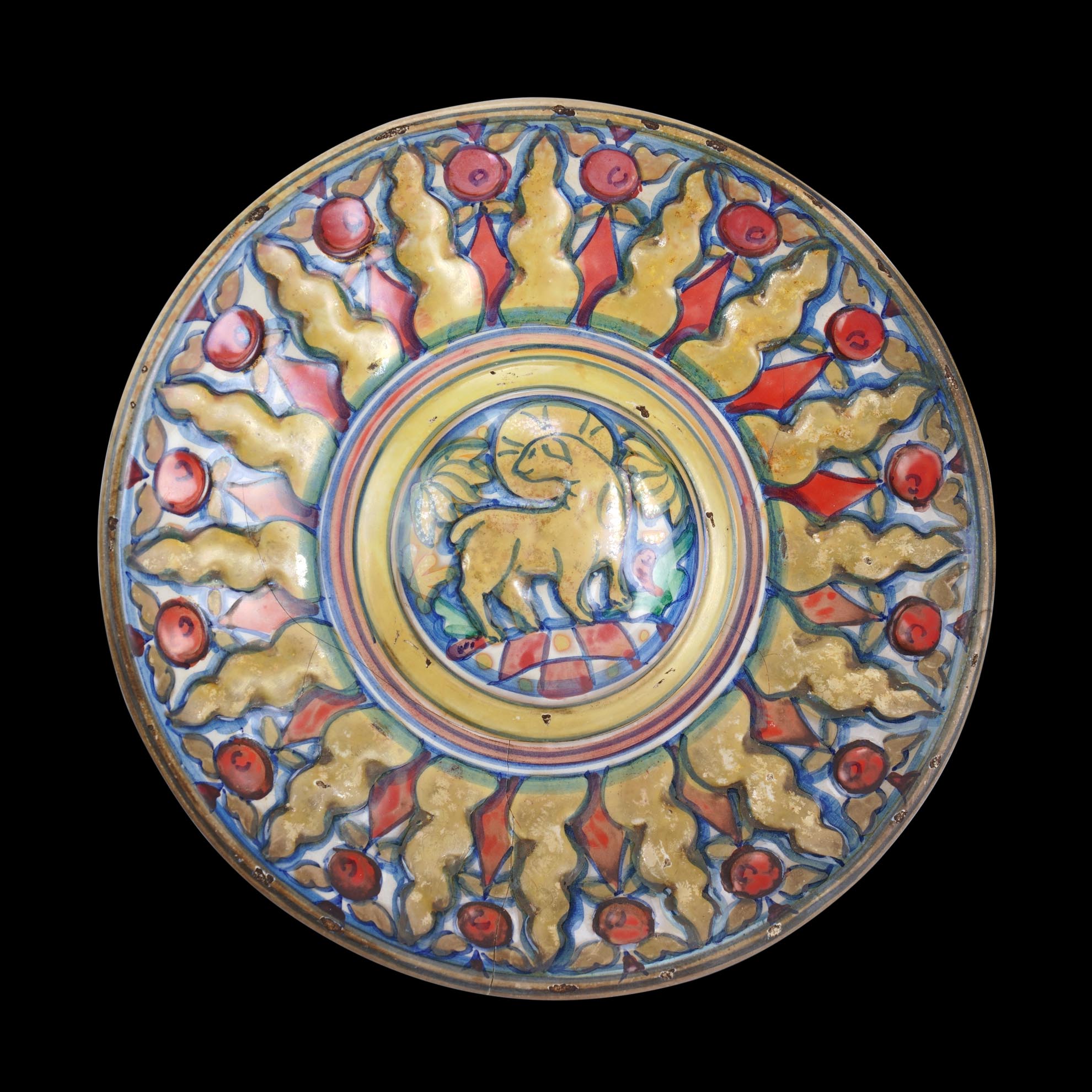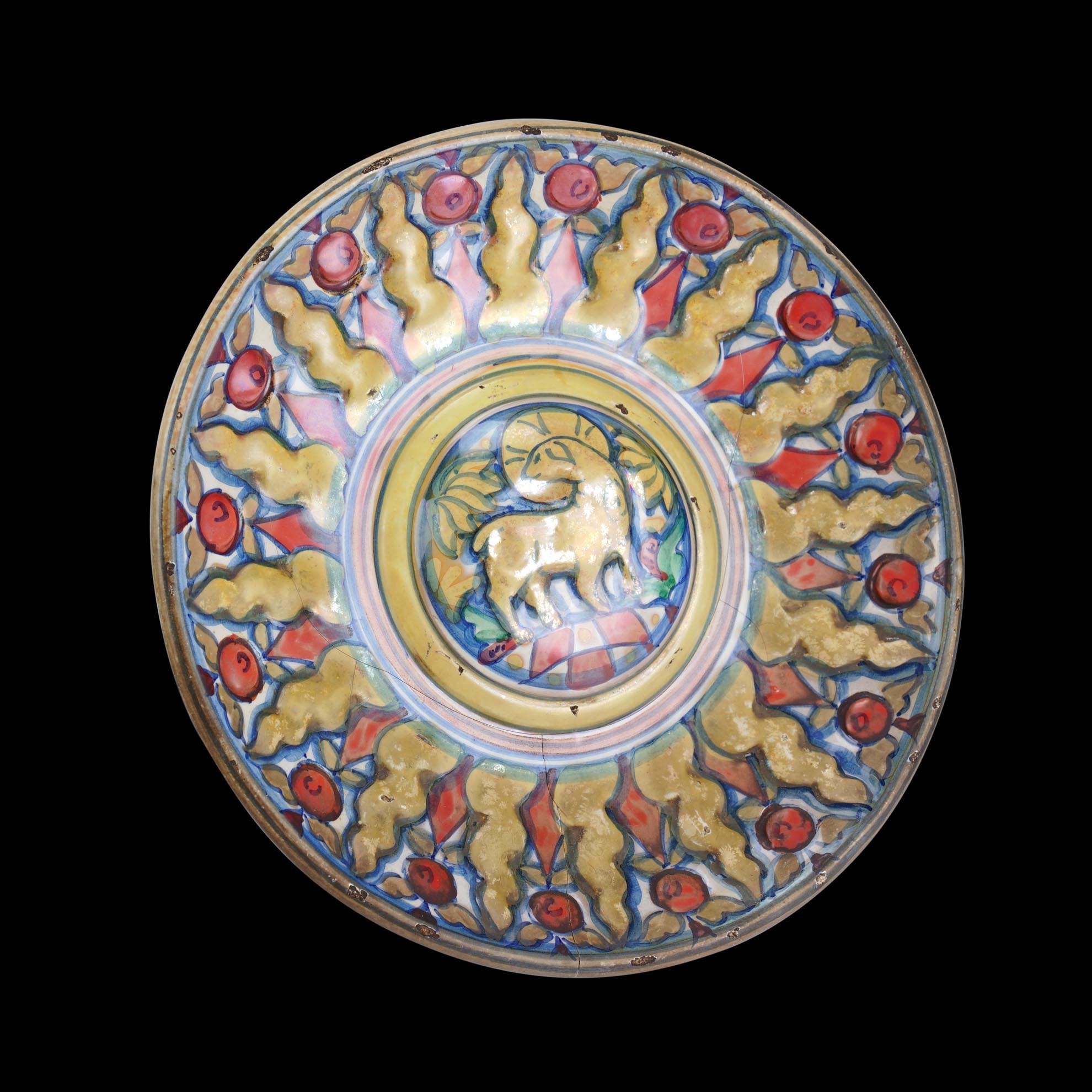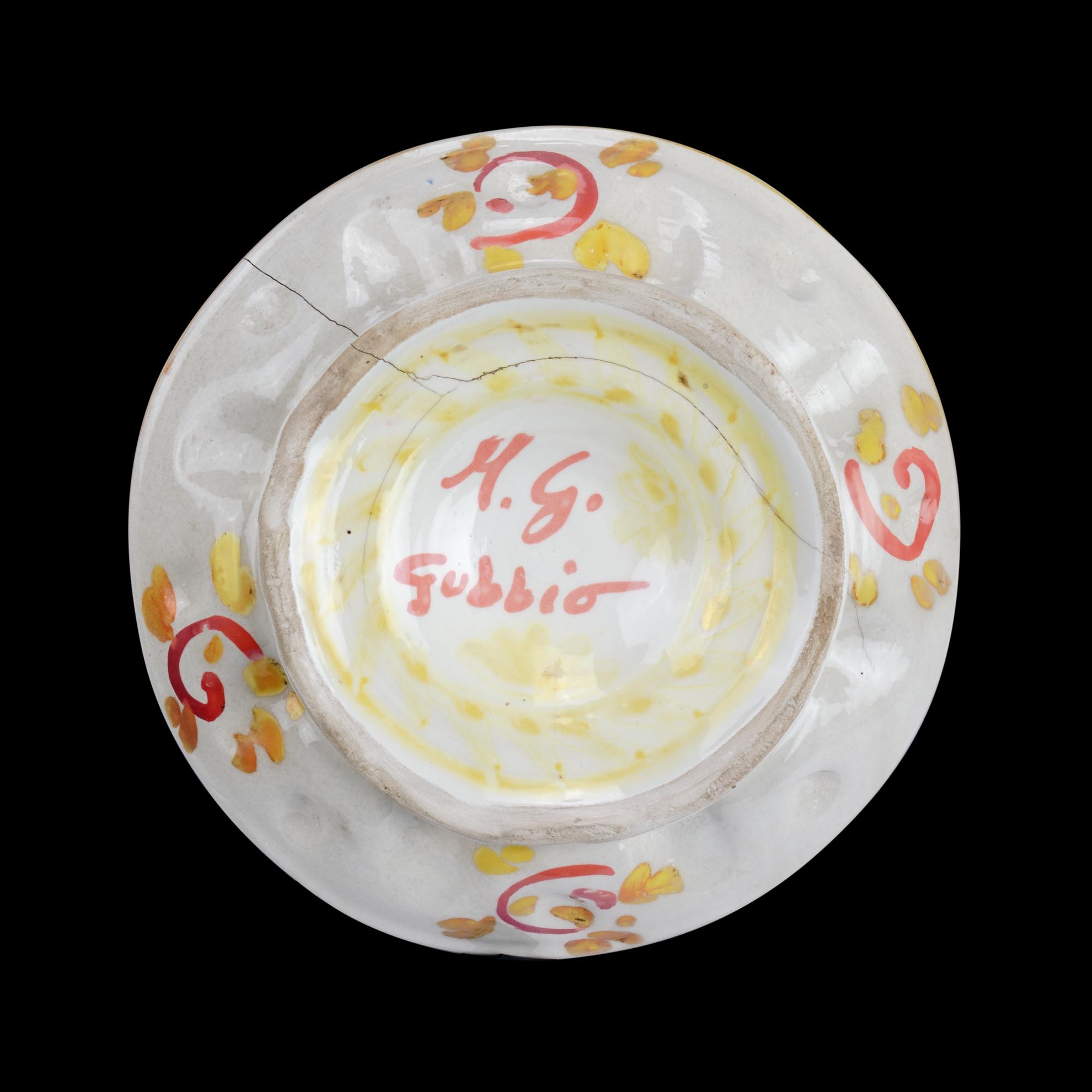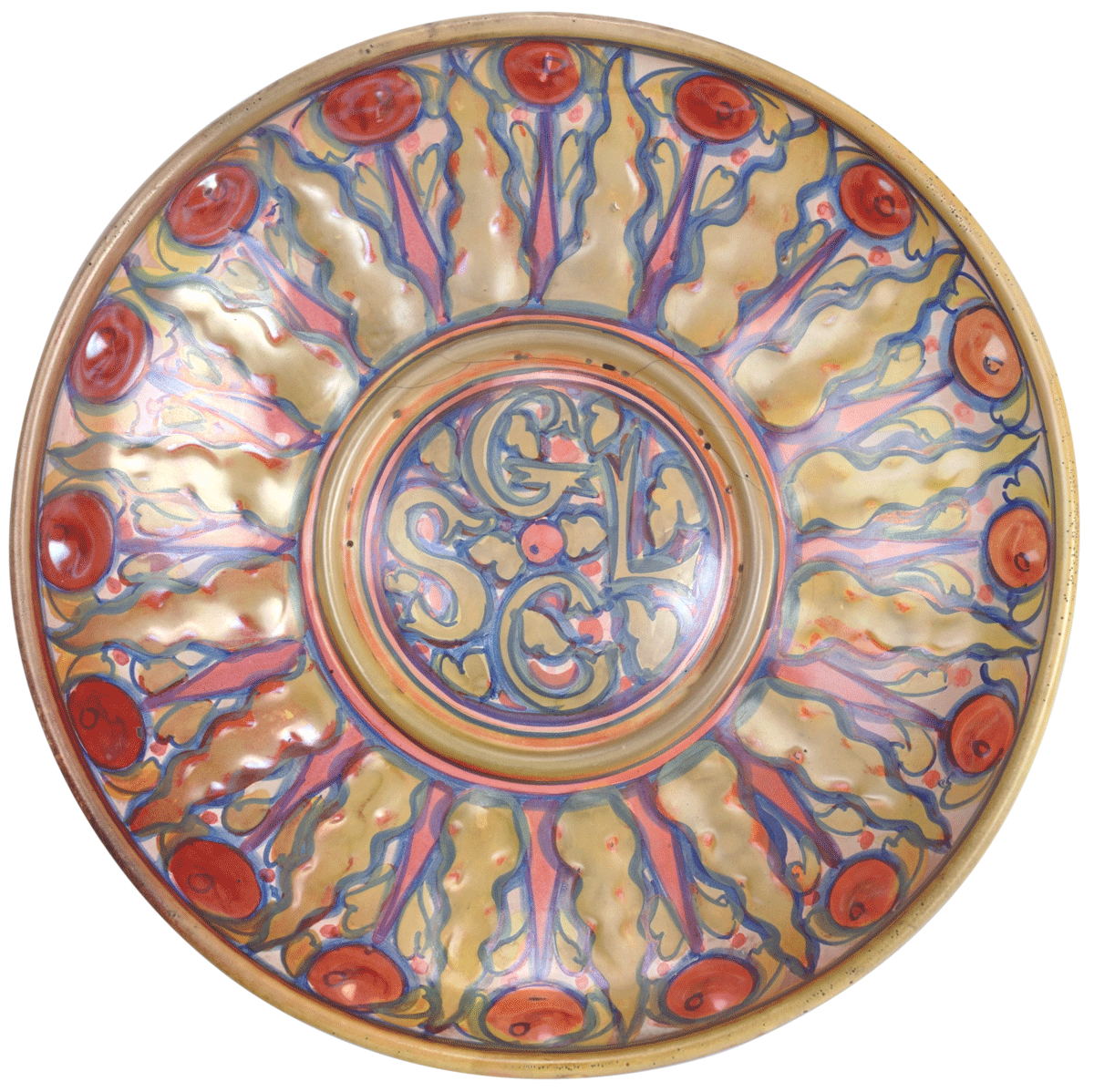
In the world of Renaissance ceramics, few techniques have inspired as much admiration and mystery as the metallic lustre, perfected by Giorgio Andreoli, known as Mastro Giorgio, in 15th-century Gubbio. For centuries, the secret behind this extraordinary craftsmanship, capable of giving majolica golden and ruby-red hues, remained buried with the master, challenging scholars and modern artisans alike. Despite numerous attempts, no one had ever managed to faithfully reproduce the same lustre effect, which remained an unsolved enigma in the history of ceramics. Gabriele Mengoni, a passionate researcher and ceramist, dedicated years to studying this technique, embarking on a long journey of experimentation and deep exploration of ancient artisanal practices.
To unlock the mystery of Mastro Giorgio’s lustre, Mengoni delved into key historical sources, including “The Three Books of the Potter’s Art” by Cipriano Piccolpasso. This treatise, written around 1557, is one of the most valuable testimonies of Renaissance ceramic art, providing detailed descriptions of the techniques, tools, and materials used in workshops of the time. Although the book did not fully reveal the secret of Gubbio’s lustre, it provided Mengoni with essential knowledge for his research.
Through years of experimentation, Mengoni faithfully reconstructed the methods of medieval workshops, manually reproducing kilns, tools, and powdered glazes according to original practices. His work focused on a special ingredient, used at different temperatures, which proved to be the key to achieving Mastro Giorgio’s extraordinary metallic reflections. Thanks to this in-depth study, Mengoni has, for the first time in history, successfully replicated the unique and unparalleled lustre effect that no one had ever managed to achieve before, reviving the charm of Gubbio’s famous cups.

